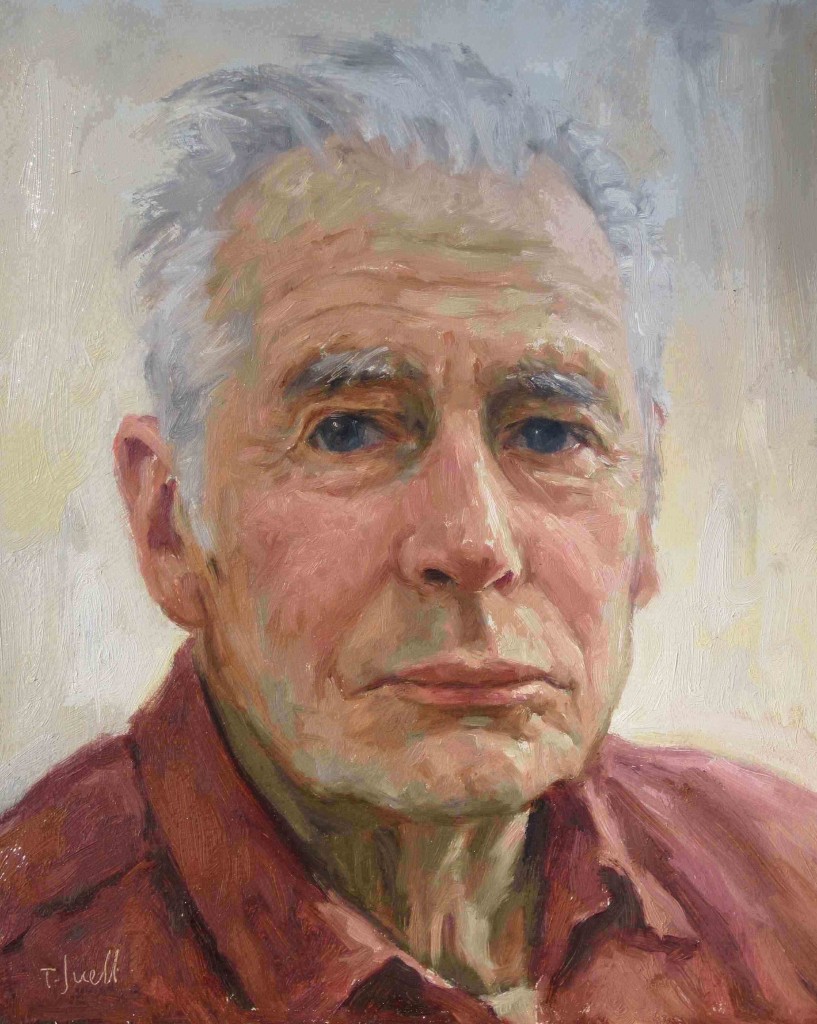Gandhi’s Political Ethics. Part Five: Gandhi and Militant Atheism
by Arne Naess
Gandhi’s attitude toward atheists and atheism has seemed to many people both paradoxical and inconsistent. What are we to say of his oft-repeated assertion that atheism could be part of the truth, so long as the atheist was as committed to his atheism as the theist to his theism? This from a man who not only regarded himself as an orthodox Hindu but also professed Godlessness to be nothing less than an abomination? It is of vital importance to be clear on this matter, since Gandhi’s attitude toward atheism can provide a key to our understanding of his position on theoretical issues in general.
We can gain a sense of this position partly in his transition from one to the other of the affirmations, “God is Truth” and “Truth is God,” partly in his attitude to other religions, and partly in the great weight he put on individual religiosity. His own statements indicate just how embracing his views of religion were, and these views enable us also to understand how it was that he could work together with atheists; for he conceived the aggressive morality of atheism as a genuinely religious attitude. Gandhi wrote in one of his more obscure sources, Yeravada Mandir, in a passage, which goes far to explain as well as demonstrate Gandhi’s tolerance for other religions: “As a tree has a single trunk, but many branches and leaves, so there is one true and perfect Religion, but it becomes many, as it passes through the human medium. The one Religion is beyond all speech. Imperfect men put it into such language as they command, and their words are interpreted by other men equally imperfect.”





